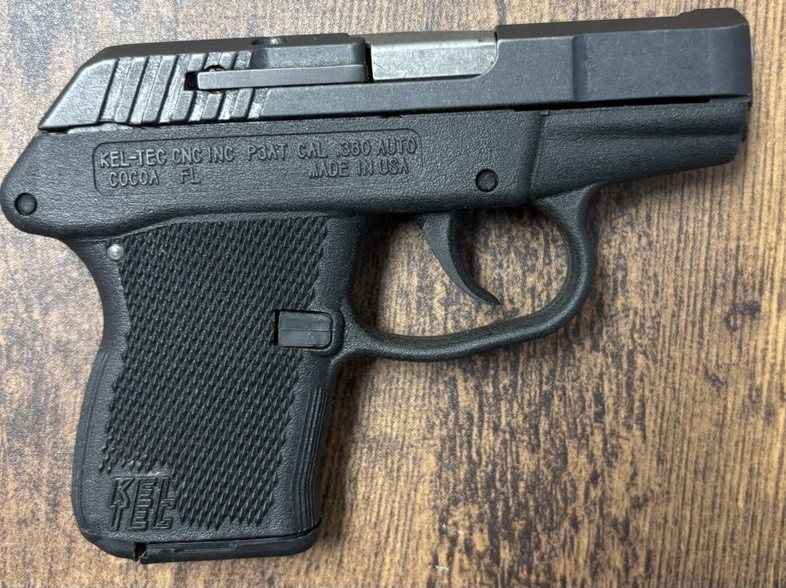Part 2 The United States Marine Corps has Unwisely Divested its Assault Breaching and Bridging Capabilities
The Combat Engineer Battalion is principally focused on facilitating mobility or movement for the division, primarily the Infantry. The battalion was previously manned and equipped to rapidly and effectively breach almost any obstacle, especially while under fire, and for supporting #Marine Infantry in a wide range of other areas, such as demolitions. Three years ago, combat engineers had armored vehicles, which can clear obstacles quicker and are much more survivable under fire than a man alone. Despite lessons learned from previous conflicts, especially from #OperationDesertStorm and Operation Iraqi Freedom during which Marine Corps bridging and breaching capabilities were invaluable and saved lives, the Marine Corps has shed the personnel and equipment needed to maintain the momentum of future attacks. Combat engineers have been stripped of their organic Assault Breaching Vehicles (ABVs), which were tanks with plows and line charges for rapidly clearing obstacles and minefields. To make matters worse, the blade tanks in the tank battalions have also been lost.
The only truly available piece of equipment left in the Marine Corps inventory to breach a minefield is entrenching tool, which is carried on the back of every Marines. Sadly, almost criminally, Marines now sent to clear minefields or other obstacles will be more exposed than ever. Tanks are no longer available to provide over watch. The loss of 67% of cannon artillery in the active force essentially precludes the use of artillery colored smoke and while phosphorus to obscure the exposed Marines. Artillery delivered FASCAM (Family of Scatterable Mines) will also be unavailable for covering breach operations and plugging enemy penetrations.
The Engineer Support Battalion was the only unit in the Marine Corps capable of rapidly laying down bridges to cross a stream or other obstacle. The requirement for bridging is universal, going back thousands of years to the Roman armies. A Marine Corps capable of global operations across the spectrum of conflict, as envisioned in the recently published Vision 2035 as an alternative to Force Design 2030 by former Commandant Charles Krulak and former Commander of U.S. Central Command Anthony Zinni, requires a robust bridging capability. The Marine Corps divested its only bridging capability, the highly reliable and effective “AVLB” (Armored Vehicle Launched Bridge) to help self-fund anti-ship missiles. Today, the Marine Corps has no organic bridging capabilities. I recently spoke to an instructor at the Marine Corps Engineer School, and he lamented that Marine Corps engineers are now being taught to cut trees and build log bridges, techniques used by the ancient Roman Legions and totally useless in locations without trees.
Men die in frustrating helplessness waiting on bridging and breaching support that is not available. Marine Corps Combat Engineer Battalions can no longer be called forward to breach an obstacle. The Bridge Companies have been ditched (if you forgive the pun) from the Engineer Support Battalions, leaving these battalions as basically providers of bulk fuel. Engineers that were once trained and equipped to support Marine infantry in “every clime and place” are now little more than providers of logistical supplies. The experience and expertise to emplace Ribbon Bridging (for floating across rivers), Medium Girder Bridging (for dry or smaller wet gaps), Mabey Johnson Bridging (that modern Bailey equivalent we got from the Brits in 2003 for our assault on Baghdad), and AVLBs that disappeared with our tank battalions, are gone. And not due to enemy fire but to the dangerous strategy of “divest to invest.”
In March 2003, I was proud and confident as I delivered new Israeli D-9 Armored Bulldozers to our front lines in Kuwait as we staged “like greyhounds in the slips” to cross the Line of Departure into Saddam’s Iraq. We had these and 54 other I MEF Bulldozers trim for the fight. We had all our Bridging behind us staged to move in layers where we needed it, on call, with 5,000 wonderful US Navy Seabees to assist with the “just arrived in time” Mabey Johnson Bridging. The British 1st UK Armoured Division was on our right, and the United States Army was fully arrayed on our left. Ancient Mesopotamia lay before the Marines, and we were ready! Our Combat Engineers and Engineer Support Battalions knew that we had four major water obstacles to cross: the Euphrates River, the Saddam Canal, the Tigris River, and the Diyala River at the eastern gates of Baghdad.
We crossed the obstacles with grit and determination. For 500 miles, Marine engineers facilitated the movement of the I Marine Expeditionary Force from the Kuwait border to Baghdad. We were blessed to have superb forces on our flanks and the great air support above us. MOBILITY was key and we succeeded. The enemy failed in their COUNTERMOBILITY mission. But it was a close thing at times (all the Diyala River bridges were blown).
The Marines would not succeed on this or any similar battlefield today. The breaching and assault bridging needed are gone. The experience and expertise to quickly and effectively employ non-organic bridging and breaching assets are gone. When the infantry calls out “Engineers Up,” no one will be there to respond.
Colonel Howard is a combat engineer. He served 32 years as a Combat Engineer, including two combat tours in Iraq. He has served in three different Combat Engineer Battalions and three different Engineer Support Battalions.








